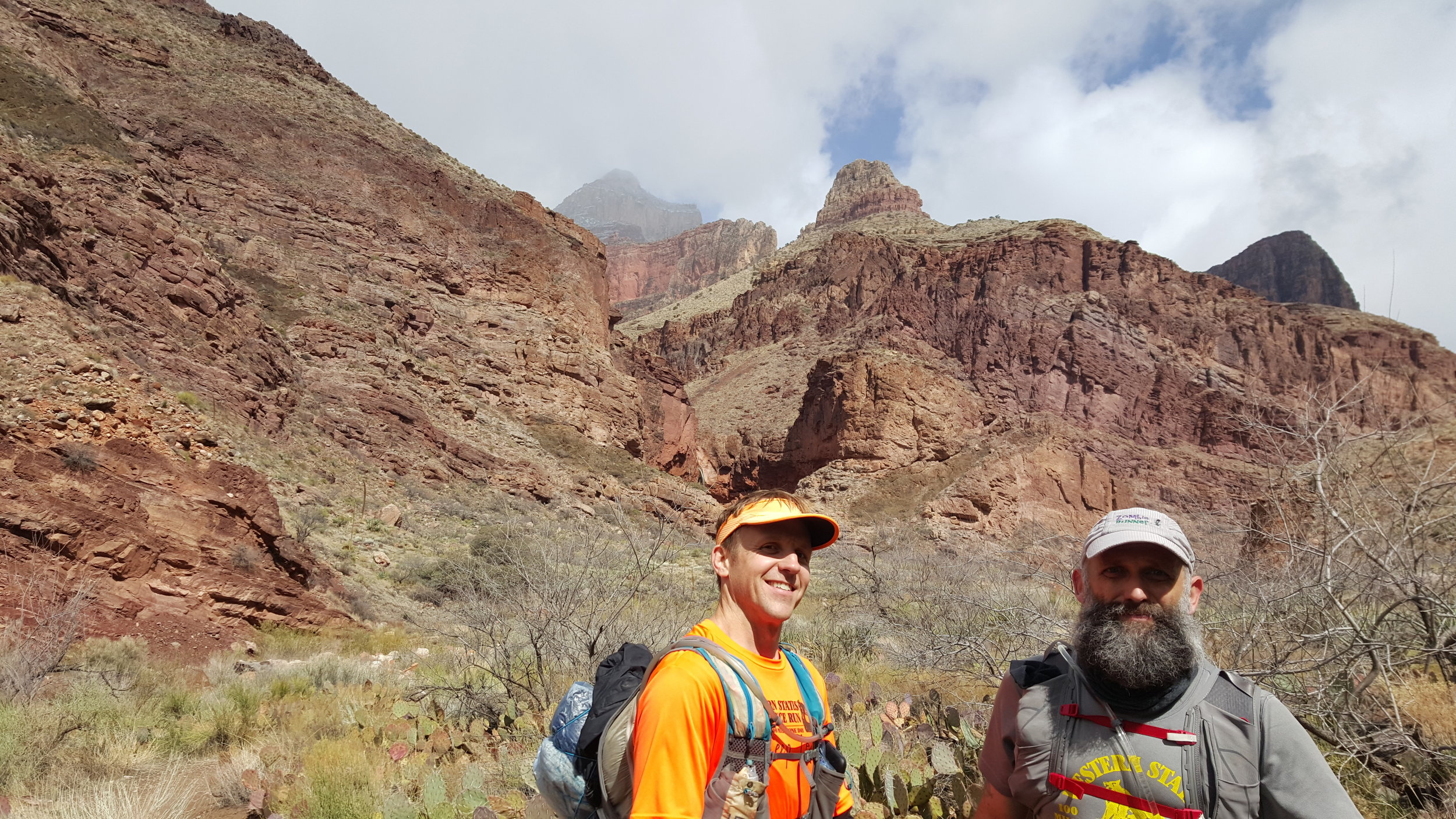It’s easy to let things just happen to you. It's the default state of the human condition. When I’m not designing things, I’m a long distance runner. I enjoy competing in very long endurance races. For obvious reasons, these races have been cancelled. I’ve been training particularly hard this year, so my initial reaction was to be disappointed. Angry, even. Then I watched stories about people who are really struggling. Medical professionals with blisters all over their faces from hours spent wearing n95 masks, people who are struggling to eat and people who are fighting just to breathe.
That’s when the idea came to me. I’ll run my own race. If there aren’t going to be any 100 mile races, I’ll make my own. My local trail system has remained open during the shelter in place order. It’s also open 24 hours. It was easy to come up with a course that used my house as a central hub for resupplying myself. The course I devised had two 30 mile loops followed by a 20 mile loop and then two 10 mile loops.
Given the circumstances surrounding the run, dedicating this run to a charity seemed obvious. Even necessary. Choosing the right charity was more difficult than I expected. After quite a bit of deliberation I chose The United Way of the Bay Area’s COVID-19 Relief Fund. I chose them because they are focused on helping real people now and in the future. The experience of working with the United Way was both highly gratifying and very humbling. My race is finished, theirs never ends.
The run itself was oddly uneventful. Over the course of about 22 hours and 45 minutes, I covered the entire distance. I followed all of the relevant social distancing guidelines, including wearing a mask. Not a super comfortable way to run long distances, by the way. I’ve run 100 miles, or more, several times. Running the distance alone was a new experience. The only time I saw my family during the run was for the few moments I spent filling up water bottles and stuffing bite-sized pieces of food into my mouth. To be honest, I got a bit discouraged as the hours went by. Luckily, I shared this run with friends on Instagram. Many of them donated. Many more cheered me on. Without any other feedback from people, this really made all the difference. A bit of a lesson for everyone during this time of self isolation. Reach out, it can make a huge difference. I ended up looking at my smart watch every time it buzzed. More often than not, it was someone wishing me well. Cooler still, a few people ran shorter distances in order to “virtually” run with me.
So, as I wrote, I’ve finished my race. The same can’t be said for the United Way of the Bay Area. They will continue working long after the rest of us have moved on. Please consider donating.
https://charity.gofundme.com/o/en/campaign/covid-19-relief-bay-area









































